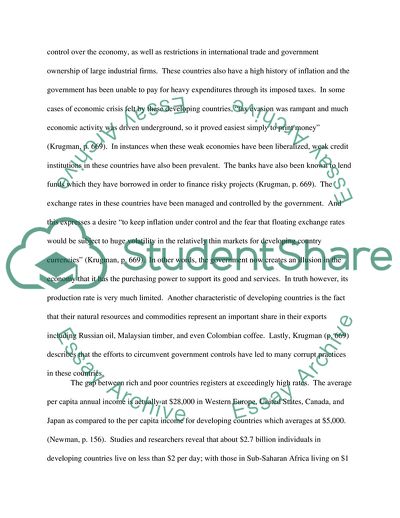Cite this document
(Developing Countries: Growth, Crisis, and Reform Coursework, n.d.)
Developing Countries: Growth, Crisis, and Reform Coursework. https://studentshare.org/macro-microeconomics/1735855-developing-countries-growth-crisis-and-reform
Developing Countries: Growth, Crisis, and Reform Coursework. https://studentshare.org/macro-microeconomics/1735855-developing-countries-growth-crisis-and-reform
(Developing Countries: Growth, Crisis, and Reform Coursework)
Developing Countries: Growth, Crisis, and Reform Coursework. https://studentshare.org/macro-microeconomics/1735855-developing-countries-growth-crisis-and-reform.
Developing Countries: Growth, Crisis, and Reform Coursework. https://studentshare.org/macro-microeconomics/1735855-developing-countries-growth-crisis-and-reform.
“Developing Countries: Growth, Crisis, and Reform Coursework”. https://studentshare.org/macro-microeconomics/1735855-developing-countries-growth-crisis-and-reform.


